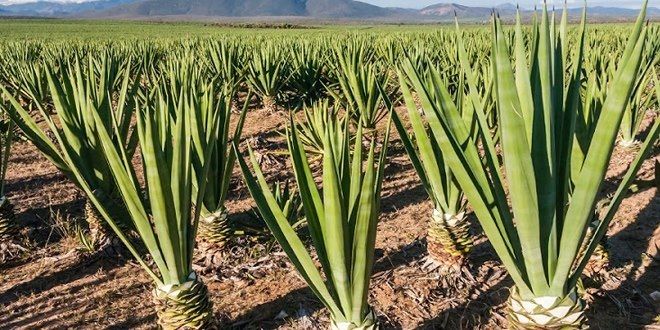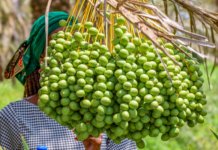
Tanzania has come up with strategies that will enable the East African country up its sisal production to 120,000 tonnes a year by 2025 in a bid to boost the produce export.
Among the strategies include roping in 60,000 smallholder farmers of which 70 per cent will be the young men and women in farming.
Saddy Kambona, Tanzania Sisal Board’s (TSB) executive director, smallholders in 16 regions across the country, are expected to produce 60,257 tonnes, while the remainder of 60,000 tonnes will be grown in sisal plantations by the big farmers.
“Already we have registered 12,000 young men and women in the subsector to begin producing the alternative cash crop,” said Kambona during farmers’ workshop at Same District adding that sisal is not only resistant to drought but could also earn farmers handsomely as it fetches fairly high prices in the markets.
Low production
The production of sisal, once a leading export crop for Tanzania, is currently estimated to be 39,484 tonnes because of low yields.
Another strategy is therefore to bring more acres into production whereby in Same District alone, the government plans to put at least 4,000 ha under sisal cultivation in order to attain the target.
Dr Catherine Senkoro, Tanzania Agricultural Research Institute (TARI)’s Mlingano Centre’s director regretted low productivity, saying that smallholders produced less than a tonne (800 to 900 kilogrammes) per hectare.
“With proper agronomic techniques, the same hectare can yield up to five tonnes of raw sisal,” said Senkoro.
The crop is increasingly popular with farmers in the semi-arid lowland areas of Tanzania like Same District and the neighbourhood.
According to Yusto Mapande, Same District council chairman, sisal is going to be the area’s “strategic crops” and the 4,000 ha allocated will be subdivided into 158 blocks of 25 acres each.
“We are targeting interested individuals or groups keen to invest in modern sisal farming to increase production of the crop,” said Mapande.
He added that the district council will invest in developing sisal seedling nurseries in the area.
Tanzania sisal trading trend
The crop made Tanzania a global top producer in 1964 when 230,000 tonnes was produced as compared to 2020 when 28,600 tonnes were exported.
Of the total exports, 15,817 tonnes were exported to China accounting for approximately 54 percent of the export.
The Bank of Tanzania (BoT) annual report 2020/21 shows that Tanzania earned $101.6 million between 2016 and 2020 from sisal exports, while $17.2 million and 28.7 million was earned between 2016 and 2017 respectively.
Furthermore, the Central Bank report shows that $18.8 million; $19.3 million and $17.6 million were respectively generated in 2018, 2019 and 2020.







